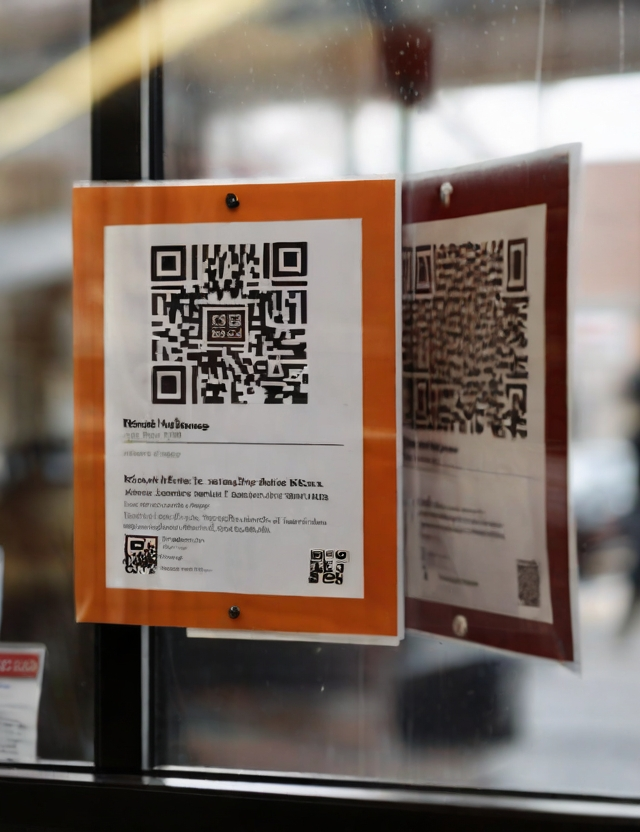In today’s dynamic economic landscape, monitoring weekly jobless claims serves as a crucial barometer of the labor market’s health. This article delves into the recent decline in US weekly jobless claims, examining its implications and underlying factors.
Understanding Weekly Jobless Claims
What are weekly jobless claims?
Weekly jobless claims refer to the number of individuals filing for unemployment benefits for the first time during a given week. It serves as an indicator of the number of people facing involuntary job loss or temporary unemployment.
How are they measured?
Weekly jobless claims data is compiled and reported by the Department of Labor. It includes both state unemployment insurance and federal programs designed to provide financial assistance to those who have lost their jobs.
Factors Influencing Weekly Jobless Claims
Various factors contribute to fluctuations in weekly jobless claims, including:
Economic conditions
The overall health of the economy, including factors such as GDP growth, consumer spending, and business investment, can impact jobless claims. During periods of economic expansion, jobless claims tend to decrease as hiring activity rises. Conversely, during economic downturns, jobless claims typically increase as companies implement layoffs and downsizing measures.
Policy changes
Government policies related to unemployment benefits and labor market regulations can influence the number of weekly jobless claims. Changes in eligibility criteria or the duration of benefits may affect the incentive for individuals to file claims.
Seasonal variations
Certain industries experience seasonal fluctuations in employment, leading to periodic spikes or declines in jobless claims. For example, the retail sector may see an increase in layoffs following the holiday season, while construction-related layoffs may occur during winter months.
Recent Trends in US Weekly Jobless Claims
Overview of the latest data
Recent data indicates a decline in US weekly jobless claims, signaling a positive development for the labor market. The latest figures reveal a decrease in the number of individuals filing for unemployment benefits, reflecting improving economic conditions and heightened business confidence.
Factors contributing to the decline
Several factors contribute to the recent decline in jobless claims, including robust hiring activity in key sectors such as technology, healthcare, and professional services. Additionally, vaccination efforts and easing COVID-19 restrictions have spurred consumer spending and economic recovery, leading to increased demand for labor.
Implications of Falling Jobless Claims
Impact on the labor market
The decrease in weekly jobless claims suggests a tightening labor market, with employers facing challenges in finding qualified candidates to fill open positions. This trend may lead to upward pressure on wages as companies compete for talent, benefiting workers.
Economic significance
The decline in jobless claims bodes well for broader economic growth, as lower unemployment rates translate to increased consumer spending and business investment. A resilient labor market is essential for sustaining economic momentum and fostering long-term prosperity.
Challenges Ahead
Potential hurdles for sustained improvement
While the recent decline in jobless claims is a positive sign, several challenges remain on the horizon. Ongoing supply chain disruptions, inflationary pressures, and geopolitical uncertainties pose risks to economic stability and could dampen future job market prospects.
Long-term outlook
Despite these challenges, economists remain cautiously optimistic about the outlook for the labor market. Continued vaccine distribution, supportive fiscal and monetary policies, and technological advancements are expected to underpin job creation and facilitate a more inclusive recovery.
Conclusion
In conclusion, the recent fall in US weekly jobless claims reflects encouraging progress in the labor market recovery. However, challenges persist, and policymakers must remain vigilant in addressing the evolving dynamics of the economy. By fostering an environment conducive to job growth and economic resilience, the US can navigate through uncertainty and emerge stronger in the post-pandemic era.
FAQs
- What are the main factors driving the decline in US weekly jobless claims?
- Factors such as robust hiring activity, vaccination efforts, and easing COVID-19 restrictions have contributed to the recent decline in jobless claims.
- How do weekly jobless claims impact the overall economy?
- Weekly jobless claims serve as a key indicator of labor market health, influencing consumer spending, business investment, and economic growth.
- What challenges does the labor market face despite the decline in jobless claims?
- Ongoing supply chain disruptions, inflationary pressures, and geopolitical uncertainties pose challenges to sustained labor market improvement.
- What measures can policymakers take to support further job market recovery?
- Policymakers can implement supportive fiscal and monetary policies, invest in workforce development programs, and address structural barriers to employment.
- What is the long-term outlook for the US labor market?
- Despite near-term challenges, economists remain optimistic about the long-term outlook for the labor market, driven by factors such as technological innovation and demographic trends.



